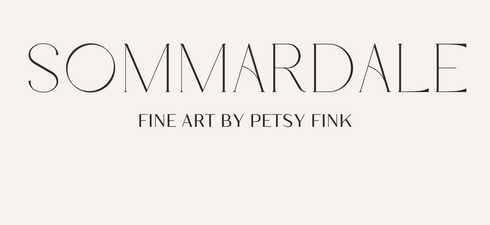When I first began offering my work, I thought I was selling art. Prints, editions, carefully composed photographs. Beautiful, yes, but framed within the familiar language of product and purchase. Building Sommardale Art was mentor guided. The transaction felt efficient, professional, and clear. Yet something in me resisted. It was as if I had stripped away the very essence of what the work was meant to be.
Because art, at least the kind I create and live by, was never meant to be reduced to a product. It was meant to be a sanctuary.
.
The Limits of “Art as Product”
The art world often frames itself in terms of acquisition. Collectors acquire, galleries sell, artists market. Value is measured in scarcity, size, price, and provenance. There is truth in that structure, but it is not the whole truth.
When I handed over a print, I wanted the buyer to feel more than ownership. I wanted them to feel held, restored, expanded. Yet “selling art” kept the exchange at the surface. It could not account for the invisible dimension that mattered most - the atmosphere the work created, the transformation it invited.
This was the turning point: realising that I was not selling art prints, I was offering experiences of stillness.
.
Discovering the Sanctuary Within
The shift began quietly. I noticed how people stood before my images longer than they expected. They slowed their breathing, softened their shoulders. They leaned closer as though the photograph was listening to them as much as they were looking at it.
These small observations were my invitation to look deeper. What if the true value of art was not its image, but its effect? Not its appearance, but the sanctuary it offered in a noisy world?
The more I noticed, the clearer it became: I was not in the business of selling art. I was in the practice of creating sanctuaries.
.
Why Sanctuary Matters
In today’s culture of speed, luxury is often equated with accumulation. More comfort, more access, more design. Yet true sanctuary resists this. It is not about more, it is about enough. It is the rare and refined luxury of stillness, of a space that makes you feel wholly present, wholly yourself.
For the private collector, sanctuary means a home that breathes with meaning rather than noise. For the hotelier or retreat founder, sanctuary means guests who feel their nervous systems shift from vigilance to ease. For the philanthropist or leader, sanctuary means creating spaces that reflect care, discernment, and legacy.
Sanctuary is not decoration. It is belonging.
.
The Service Hidden in Stillness
To create sanctuary is to serve. It requires attentiveness, restraint, and trust. My role is not to fill walls but to listen: to the space, to the client, to the feeling that longs to be expressed.
This service is subtle, yet powerful. A single piece of art chosen with resonance can transform a room from impressive to intimate. It can make the difference between a guest feeling dazzled and a guest feeling at home.
In this sense, my work is not simply to produce, but to curate alongside you. To provide the sanctuary you already know you need, but perhaps could not yet name.
.
The Evolution That Changed Everything
Moving from “selling art” to sanctuary changed not only how I speak about my work, but how I live it. It shifted me from transaction to transformation, from product to presence, from noise to resonance.
It taught me that my role is not to add more to a world already full, but to carve out stillness within it. To offer something that lasts long after the first glance.
.
A Closing Reflection
Perhaps what I create looks, from the outside, like fine art photographs. But those who live with them know otherwise. They are invitations to exhale, immerse and become still. They are invitations to remember that luxury is not in what we acquire, but in how deeply we are able to feel at home.
Warmly,
Petsy

